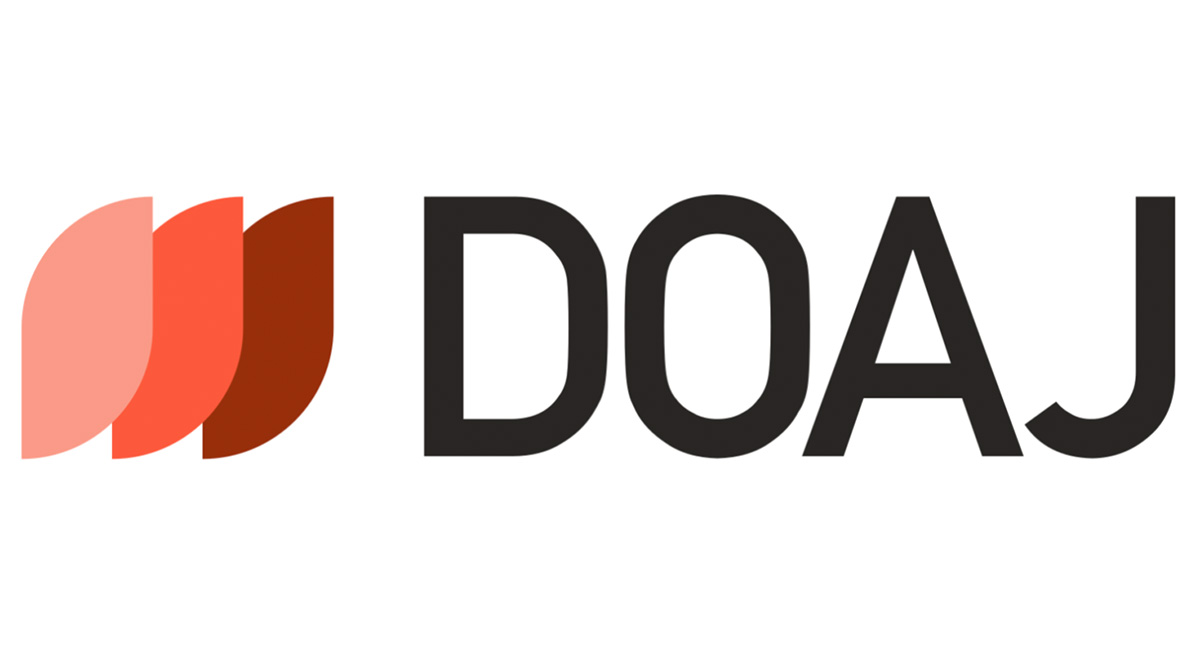Features and characters for distributed system
DOI:
https://doi.org/10.31185/wjcm.89Keywords:
OS, Real time, embedded system, distributed systemAbstract
The introduction of microprocessors had created a number of product options that were just not there before. These clever processors have infiltrated and dispersed themselves across every aspect of our life, whether it be in the office (fax machines, pagers, laser printers, credit card readers), living rooms (televisions, air conditioners), or kitchens (food processors, microwave ovens). The usage of an operating system has many benefits as distributed applications get more complicated. The real-time demands of the majority of distributed systems need the usage of Real Time Operating Systems (RTOS) that can fulfill the needs of distributed systems. Real-time applications can be readily built and expanded thanks to RTOS. Through the division of the application code into different files, the use of RTOS streamlines the design process.
Downloads
References
O. Robert, “Introduction to embedded and Real-time systems.” Texas Instruments Engineering Manager.
M. Tech and Vivek, “Embedded Operating Systems for Real-Time Applications,” Sagar P M, 2002.
B. Michael, Programming Embedded Systems in C and C++. 1999.
S. Abraham, P. Galvin, G. Baer, and Greg, “Operating System Concepts,” 2005. John Wiley & SONS. INC.
S. John and A, Real-Time and Embedded Systems.
“How to Design a RealTime Embedded System Using UML | eHow.” http://www.ehow.com/how_6596645_design-embedded-system usinguml.html#ixzz1S47rv0qc.
“What makes a good RTOS,” Dedicated Systems Experts, 2001.
L. Qing and Y. Caroline, “Real-Time Concepts for Embedded Systems,” CMP Books an imprint of CMP Media LLC.
F. Peter, H, L. Bruce, and V. Steve, “Improving Predictability in Embedded Real-Time Systems,” 2000
Downloads
Published
Issue
Section
License
Copyright (c) 2022 Prof. Dr. Paul Mccullagh

This work is licensed under a Creative Commons Attribution 4.0 International License.






